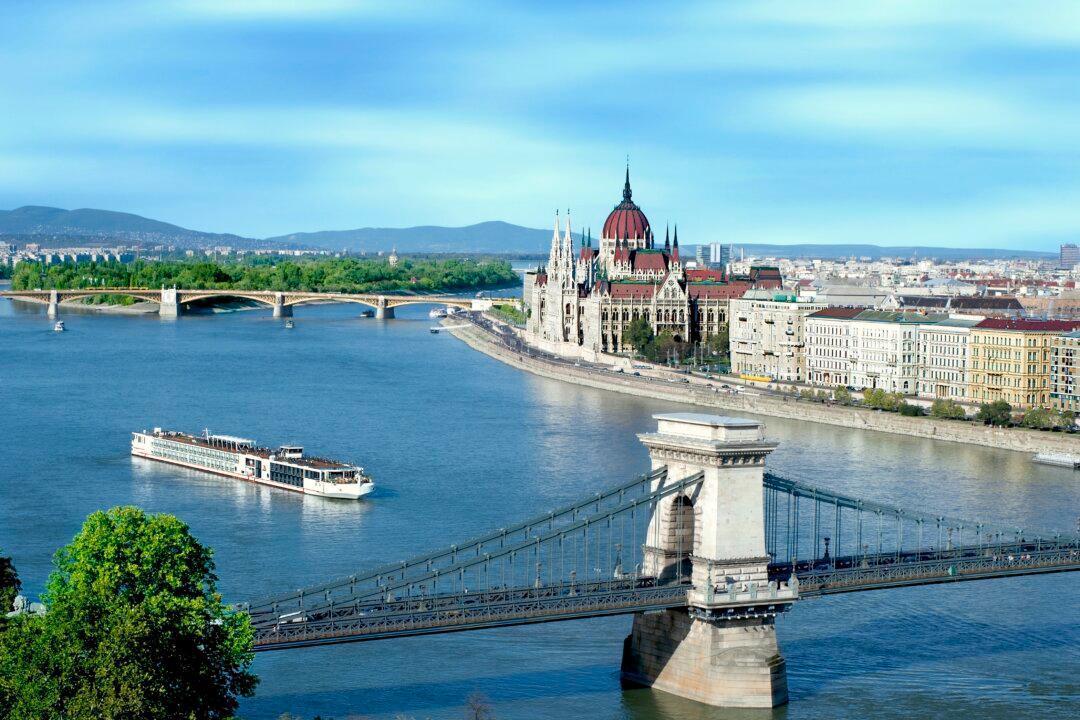Like the water rat in the children’s classic “Wind in the Willows,” I believe there is nothing half as much worth doing as simply messing about in boats. Circumstances change, but not the spirit. Long gone are the battered canoes of my youth. Now, I mess about in cruise ships.
Recently, I shanghaied my sister into joining me on an eight-day Viking Rhine River Cruise. The river carried us through an enchanting journey of castles and cuckoo clocks, medieval villages and oompah bands, legends and archeological discoveries.
Our embarkation port was Amsterdam. We arrived a day early to explore this city of canals reflecting tall, narrow houses and bicycles that have the right of way. After a close encounter with handle bars, my first thought upon seeing a bike was “yield.” We yielded our way through the historical centre to the Van Gogh Museum. My favourite, “The Bedroom,” was out for restoration. I bought a ceramic plaque of his painting to serve as a daily reminder to return to this lovely city. My royal delft plate is on a high shelf, safe from grandchildren.
French fries in a paper cone topped with mayo is Amsterdam’s street food, and we did not miss the catsup, just our tram. There was so much to look at that agendas were forgotten except for dinner.
The concierge suggested a typical Dutch meal at Restaurant Haesje Claes. It takes up six historic buildings and retains many of the original architectural features. Some think “Dutch cuisine” is an oxymoron, but our sttamppot was hearty and satisfying. It is simply a pile of mashed potatoes and sauerkraut with a slice of bacon, sausage link, and pickle stuck to the side and crowned with a big meatball.
We topped off our meal with a visit to Cheese and More where most of the cheeses are made on Henri Willig’s dairy farms in the Dutch countryside. After sampling different varieties, we purchased a ball of the creamiest Gouda I have ever tasted.





